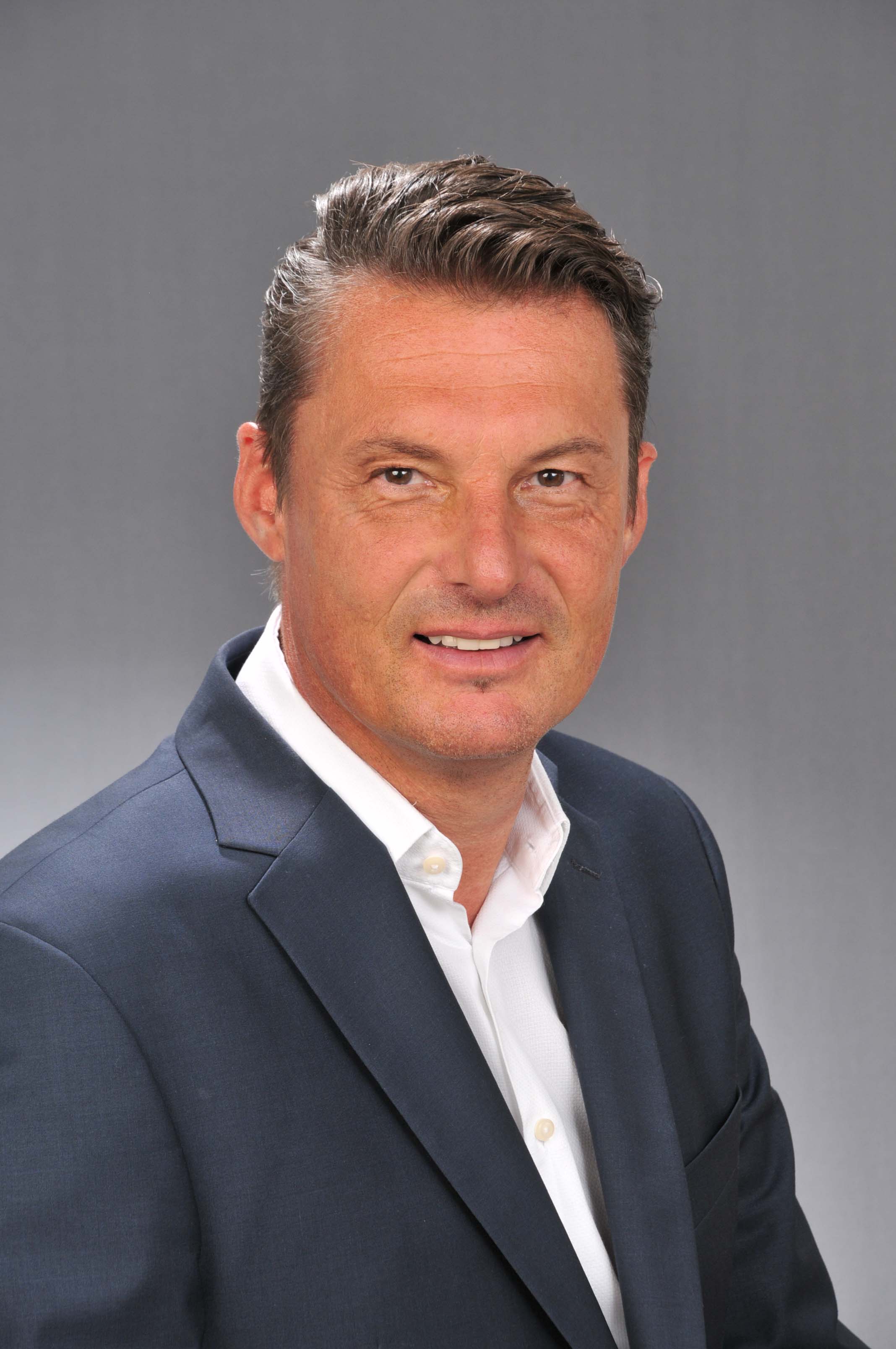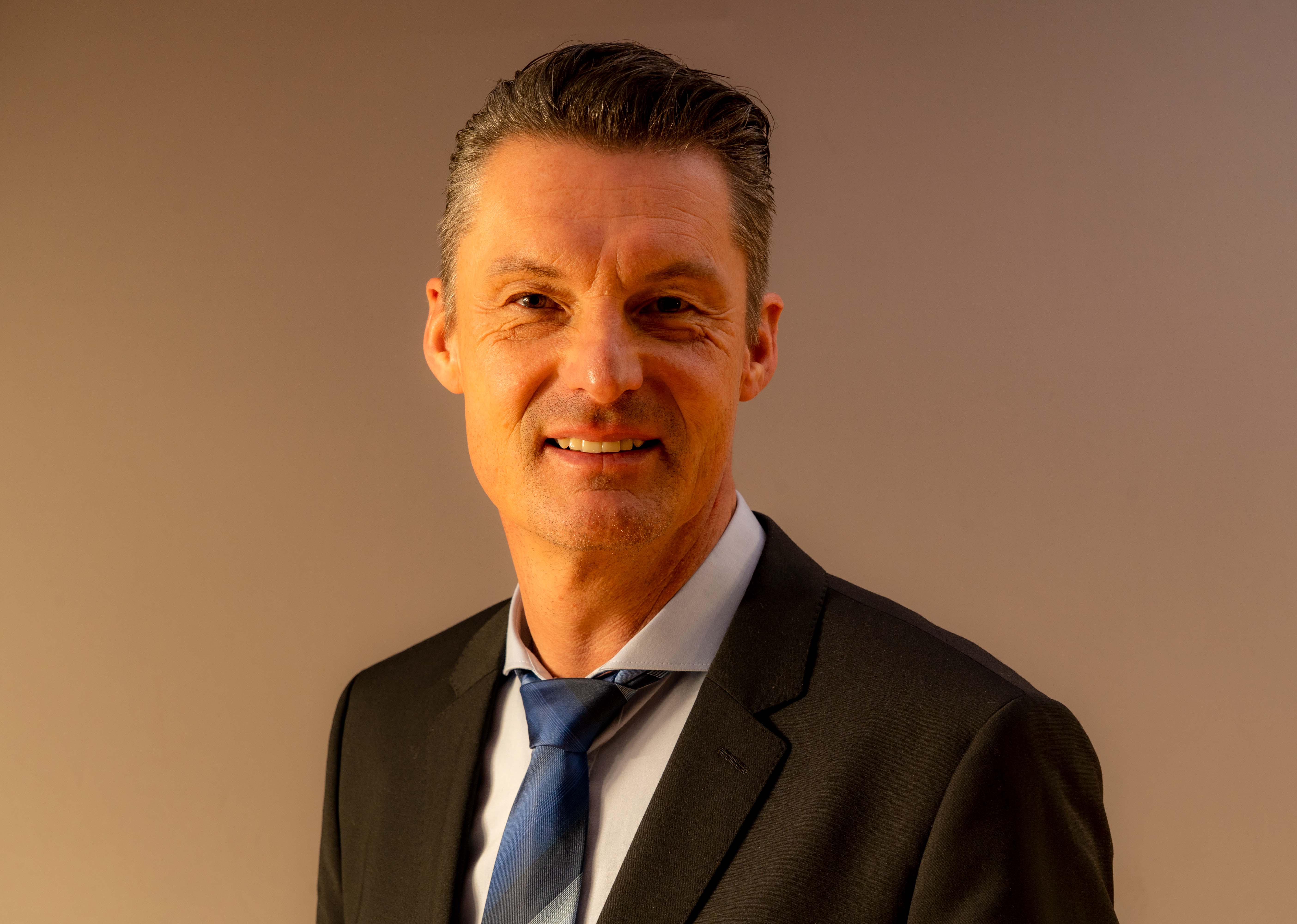Ulrich Ahamer: What kind of agriculture and forestry will today's 14-year-old girls and boys be prepared for in 2022?
Johann Gasteiner: The young people learn the basics of agriculture, regardless of whether they come from the city or the country. We place a lot of emphasis on the circular economy - the resources should come from the region if possible, the more you buy, the more climate-damaging the operation becomes. The results of the Gumpenstein Agricultural Research Institute are incorporated into the lessons. The students learn with the “FarmLife” program. The economic and ecological efficiency of the company is examined.
Ulrich Ahamer: How different is the training you received at this school from today?
Gasteiner: The difference is huge. I was at school in the 80s, this time and the decades before were characterized by production - the amount produced per area, per animal was crucial. It was produced, who could sell it where and how was not relevant. Environmental issues, how the animals are doing, biodiversity, resource consumption - these were marginal topics. People who raised this were not heard. What counted was the monetary yield, that was it. This perspective has changed extremely dramatically. In addition to the economic aspects, biodiversity and animal welfare are also important today - although the higher costs obviously have to be compensated for.
Ulrich Ahamer: ... and the students?
Gasteiner: There are many differences. They are very good at rhetoric and presentation techniques. In my day, things were languishing. The young people are more mobile and flexible and have a high level of technical competence. In the social area, in interpersonal communication, there may be some catching up to do.
Ulrich Ahamer: What does Raumberg have to say?
Gasteiner: The tools are the specialist knowledge. What we really don't need is knowledge-free opinion floating around somewhere. Anyone who believes that farmers who keep animals are already animal torturers per se is wrong; that is an opinion devoid of knowledge. We teach the general conditions under which animals can be kept, what the animal protection law says, what is controlled and how the keeping conditions can be improved.
Ulrich Ahamer: How do you see the status and importance of agriculture among the population?
Gasteiner: I believe that you have to differentiate between the meaning and the feeling for the meaning. The importance has always been great because the required food is produced and the cultural landscape is thereby shaped. The appreciation and interest in it have also increased. It may be that here and there a less accurate picture emerged. A lot of it isn't reality - it's pretty direct and hard. Animals in agriculture, for example, are farm animals and are not just there to be petted.
Ulrich Ahamer: How high is the proportion of young people from farming families in the HBLFA ?
Gasteiner: We don't collect it exactly, but it's about half. However, there are more and more people who do not come from agriculture. About a third go back to agriculture, and the same number find work in business or go to study.
Ulrich Ahamer: Would you like to be Direktor of a school just for children from agriculture?
Gasteiner: No, not at all. I find it enormously enriching when there are many different origins. It's not just students, but also parents who take part in what they've learned, get involved, are interested in agriculture and ask questions that people from a farm would never have asked.
Ulrich Ahamer: What role will agriculture play as an energy producer? To what extent is the school active in this?
Gasteiner: The school has a forest including their own hunt; the students use the forest in all its facets. We have a lot of photovoltaic panels on the roofs, effort and yield are precisely calculated, the dual use of agricultural land is currently being researched, also with regard to biodiversity.
Ulrich Ahamer: Does the image of young people change during their years at school with regard to agriculture, consumers, trade, commerce and industry?
Gasteiner: The students are already strongly influenced and consolidated when they come to us. Be it the type of agriculture or urban origin, diet and lifestyle also play a major role. At school they get a deeper insight and connections are shown - also so that they can question themselves. Is the chosen path suitable or are there interesting alternatives? At school we show the options but do not give direction; that is always a very personal decision.
Ulrich Ahamer: Keyword digitalization: Will it be a natural part of small-scale agriculture in the future or is it more something for large companies?
Gasteiner: Digitalization in agriculture plays a major role at the Gumpenstein Research Institute. In principle, the usefulness and cost-effectiveness must be checked in every case; its use can also make sense for smaller companies, for example for heat detection. Despite all the technology, we still need people who understand the needs of the animals and can properly handle the data provided. It is a good tool, but it requires a lot of technical knowledge and brains to use it appropriately.
Ulrich Ahamer: You have been working in research for 20 years and have helped develop sensors that are used globally. How does the school benefit from this?
Gasteiner: It is important to approach questions openly and accept the results. In research you have to like new things and always be curious. For example in agricultural photovoltaics. Two or three years ago everyone said this should never happen. The fact is, this is coming whether I like it or not. Accordingly, we are setting up a research project and hoping for a good result. Students must also not believe that there is only one path for them. The integration of agriculture with other disciplines makes a lot of sense. Further development and lifelong learning are absolutely necessary. This also includes looking outside the box or beyond boundaries.
Johann Gasteiner quotes: “If you want to change the future, you have to take young people on board, because they are the future.”







